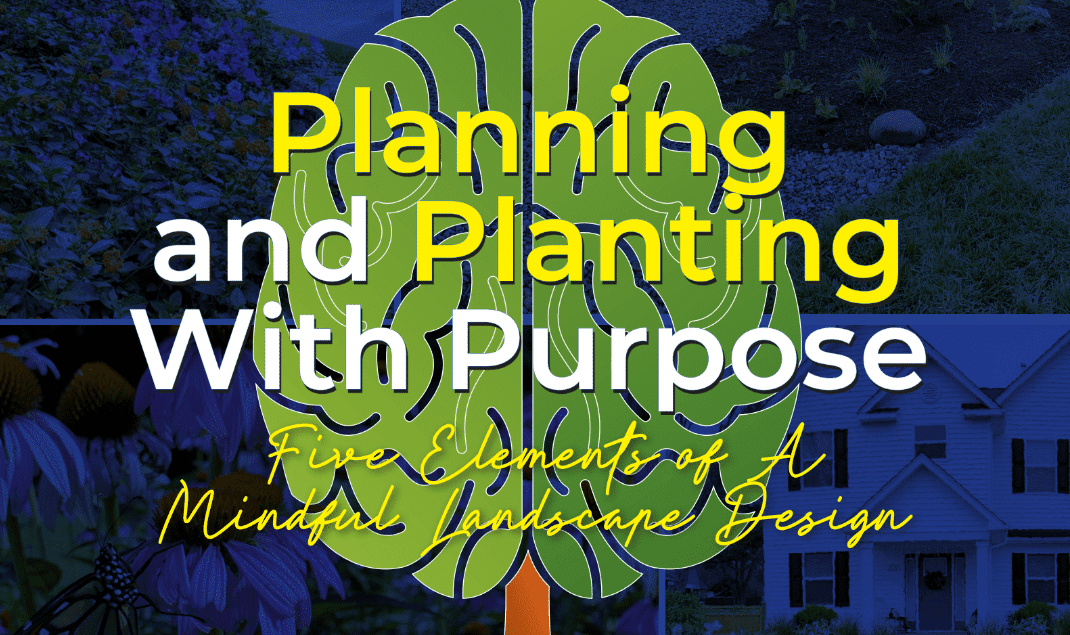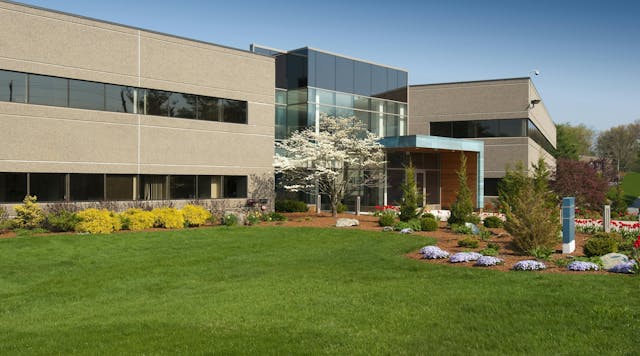3 Simple Techniques For Hilton Head Landscapes
Table of ContentsThe Only Guide to Hilton Head LandscapesThe 4-Minute Rule for Hilton Head LandscapesHow Hilton Head Landscapes can Save You Time, Stress, and Money.The Facts About Hilton Head Landscapes RevealedThe Ultimate Guide To Hilton Head LandscapesHilton Head Landscapes Can Be Fun For AnyoneHilton Head Landscapes - TruthsExcitement About Hilton Head Landscapes
Form compatibility is also a major element of unity in designone or 2 noticeably various kinds are good for comparison and focus, yet usually all other kinds must have some resemblances for a combined appearance. Texture refers to just how coarse or fine the surface of the plant or hardscape material really feels and/or looks.

Examples of plants with crude texture include philodendrons, agaves, bromeliads, hollies, hands, and hydrangeas. Hardscape with coarse texture consists of rough-cut stone, rough-finished brick, and incomplete wood with knots and an increased grain. Aged or old construction material that keeps a weather-beaten surface is usually crude in texture. Features that create great structure consist of tiny foliage; thin, strappy leaves (yards) or tall, slim stems; little, thick twigs and little branches; long stems (vines); and tiny, delicate blossoms.
The Only Guide for Hilton Head Landscapes
Most plants are average structure, in that they can not be explained as having either crude or fine texture. Medium-textured plants act as a history to web link and combine the coarse- and fine-textured plants.

To make a space feel smaller sized, place the coarse structures along the outer boundary and the great textures closest to the audience. The information of the coarse structure makes the plants appear closer and makes the space really feel smaller. The perceived texture of plants can additionally alter with the range from the plant.
An Unbiased View of Hilton Head Landscapes
Bold colors enhance the comparison and make the structure show up coarser, while low-key shades can flatten appearance. Hardscape with a crude texturesuch as very harsh rocks and strong, big timberstends to make all plant material show up extra moderate textured. Designers frequently develop a texture study (Figure 8) on paper to aid determine the setup of plant products.
Color in plant product and hardscape includes interest and selection to the landscape. Shade is the most noticeable aspect in the landscape and is generally the emphasis of the majority of house owners; however, it is additionally the most short-term aspect, usually lasting only a few weeks a year for specific plants.
What Does Hilton Head Landscapes Do?
An easy summary of the color wheel consists of the 3 main shades of red, blue, and yellow; the 3 additional shades (a mix of 2 primaries) of eco-friendly, orange, and violet; and 6 tertiary colors (a mix of one surrounding main and second shade), such as red-orange. Color theory clarifies the relationship of colors to every various other and how they ought to be made use of in a composition.

Similar (sometimes called harmonious) color pattern are any three to five shades that are surrounding on the color wheel, such as red, red-orange, orange, yellow-orange, and yellow, or blue, blue-violet, and violet (bluffton landscaping). The shades are associated to each various other because they commonly include two key colors blended to form a second and 2 tertiary shades, which indicates they share typical residential or commercial properties
Corresponding colors are usually discovered naturally in blossoms; a common set is yellow and violet. Color is discovered in the flowers, vegetation, bark, and fruit of plants.
The Best Strategy To Use For Hilton Head Landscapes
Eco-friendly vegetation in all its different tones is the dominant color by amount, but other shades record attention a lot more conveniently as a result of their high comparison to the color green. Shade is additionally found in buildings, rocks, pavers, wood, and furniture. A lot of shades in all-natural products, such as rock and wood, are commonly muted and tend to be variations of brown, tan, and light yellow.
Colors have residential properties that can impact feelings, spatial perception, light quality, equilibrium, and focus. Amazing shades often tend to be soothing and ought to be made use of in locations for leisure and calmness.
Indicators on Hilton Head Landscapes You Need To Know
Awesome colors often tend to decline and are perceived as being farther away, making a space feel larger. Shade can likewise be used to catch attention and direct views.
For instance, bright yellow, which has the highest possible intensity, likewise has a high comparison with all other colors (commonly explained as a "pop" of shade) and need to be utilized sparingly. A little amount of intense color has as much aesthetic weight as a big amount of an extra subdued or weak shade.
Similar (in some cases called harmonious) color design are any type of three to five shades that are nearby on the shade wheel, such as red, red-orange, orange, yellow-orange, and yellow, or blue, blue-violet, and violet. The colors relate per other due to the fact that they commonly consist of 2 primaries blended to create an additional and two tertiary colors, which indicates they share common buildings.
Rumored Buzz on Hilton Head Landscapes
Complementary shades are often located normally in blossoms; a common pair is yellow and violet. Shade is discovered in the blossoms, vegetation, bark, and fruit of plants.
Environment-friendly vegetation in all its numerous tones is the leading color by amount, however other shades capture interest quicker due to their high comparison to the color environment-friendly - bluffton landscaping - https://plant-waitress-d90.notion.site/Transform-Your-Outdoors-with-Hilton-Head-Landscapes-174812708a624c49ad532d2e0de1d93f. Color is additionally discovered in buildings, rocks, pavers, timber, and furnishings. Many shades in natural materials, such as rock and timber, are usually soft and often tend to be variations of brown, tan, and light yellow
The Definitive Guide for Hilton Head Landscapes
Shades have residential properties that can affect feelings, spatial perception, light top quality, balance, and focus. Great colors tend click this site to be soothing and ought to be made use of in locations for leisure and peacefulness.
The "temperature" of shades can likewise affect the assumption of range. Awesome colors tend to decline and are perceived as being further away, making a space really feel larger. Cozy colors tend to advance and are regarded as being closer, making an area really feel smaller sized. Shade can additionally be utilized to catch attention and straight views.
Bright yellow, which has the highest possible strength, also has a high comparison with all various other shades (commonly described as a "pop" of shade) and ought to be used moderately. A small amount of extreme color has as much aesthetic weight as a big amount of an extra controlled or weak shade.
Comments on “Unknown Facts About Hilton Head Landscapes”